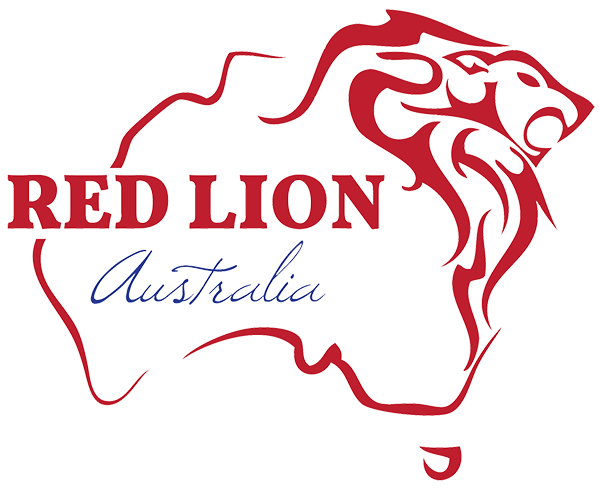South Australia is famous for our highly sought after Blue Fin Tuna. South Australian fishermen were among the first to introduce the fishing friendly practice of tuna fishing. In the early 1980’s government organizations deemed that over fishing was causing a problem to the Southern Blue Fin Tuna. At that time a quota was introduced and the quota was based on the weight of the fish. Brilliantly the fisherman thought of the idea of catching the tuna out sea and slowly dragging the live tuna back to port Lincoln as not to damage this fish. From there they feed the tuna and get a greater size and in turn are able to get larger volumes of fish without endangering the species. South Australia Blue Fin Tuna is so highly value because each fish is hand picked out of the “cages” this stop any bruising on the fish from the traditional way of dragging the fish back from the sea. From here we can export direct from the sea to our markets overseas.
Fishing and towing
Tuna fishing involves the vessels going out to the continental shelf in the great Australian Bight as capturing the southern Blue Fin Tuna. The capture is possible using a purse seine net which closes at the bottom of the net and enables the fish to swim around whilst trapped inside. This procedure is idea as it does not harm any of the fish. From there the fish are transferred into the “tow” net. The vessel then tows back the tuna into holding farms in Port Lincoln as a maximum speed of 1 knot.
At The farm
When the vessel arrives back into Port Lincoln the fish are separated into holding cages offshore. Once the fish are in the cages the “feeding” begins. The feeding of the fish is to increase the length of the fish during the summer months and fat during the winter months.
Feeding Process
Tuna are grown to their pre mediated size, usually decided by customer requirements. Farmed tuna enjoy a diet of high fat foods such as sardines and anchovies. It takes 20kg of fish to feed 1 kg of tuna! All feed is natural fish product and no chemicals are used in any way.
Harvest time
Tuna farming is requires special techniques that take years to master. Once the tuna is identified as suitable. They are transferred into small holding areas. From there an experienced diver individually fishes them by hand and brings them on deck. Once on deck they are immediately spiked, bled and wired. Then they are gill and gutted in a iced slurry. This makes for optimum freshness. From there they are transported back to onshore processing facilities where they are cleaned, trimmed and graded. After this process they are frozen at a temperature of minus 60 degrees Celsius. Now they are ready to be airfreighted all around the globe.
Product Specifications
- Fresh Chilled or Super Frozen -60°C
- Whole Gilled & Gutted or Headed & Gutted, sizes 20-25Kg, 25-30Kg, 30-35Kg, 35-40Kg, 40-50Kg, 50+Kg
- Chilled or Frozen Loins, vacuum packed
Standard packing
- Fresh/Frozen whole GG/HG – Cardboard “coffin”
- Frozen Loins or fillets – polystyrene esky
